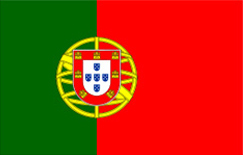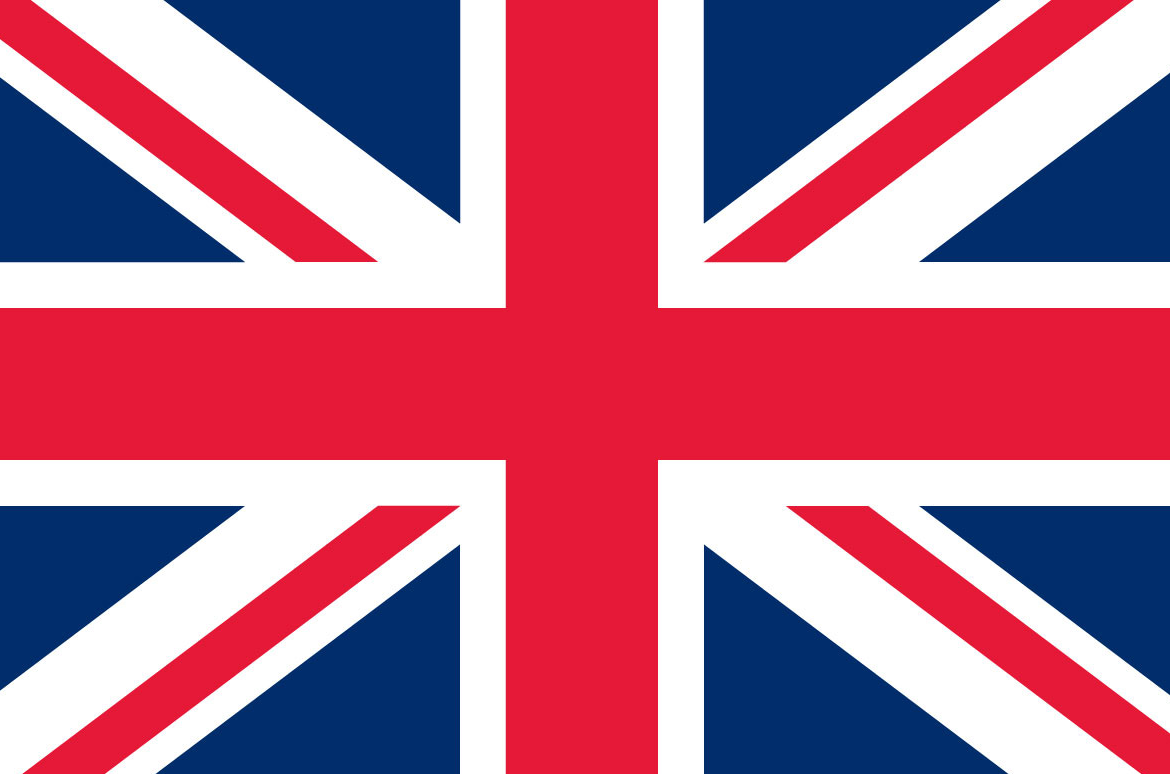National Authority for Maritime Traffic Control
Coastal State
National Authority for Maritime Traffic Control
Breadcrumbs
- Maritime Administration
- Coastal State
- National Authority for Maritime Traffic Control
![]() Framework
Framework
Coastal State functions are defined by the International Maritime Organization (IMO), one of its pillars being the safety of navigation. There are a number of different forms and areas for maritime safety, but the one with the greatest impact and requiring greater preventive attention by riparian and coastal states is commercial maritime traffic. In this particular case, the best way to achieve safety is by preventing any incidents or accidents. To this effect and to assist crews aboard ships and vessels, there are special services (VTS - Vessel Traffic Service) based on specific systems, which in real time and on a 24/7 basis, monitor all maritime traffic to avoid any problem in good time.
This monitoring makes it possible to prevent situations of excessive approaching between vessels, excessive approaching of vessels to shore or other dangers, potential infringements of the implemented routing systems, follow-up of ships with malfunctions, or special operations, etc. It is also an important aid on situations of Search and Rescue, fighting against pollution, monitoring of other illegal activities, and investigation of accidents, among others.
Thus, considering all maritime traffic navigating in areas of interest to Portugal, a national VTS system and service was implemented (still only in the Mainland, but in an expansion phase for the Autonomous Regions). In the Portuguese case, an authority has been created for the VTS - National Authority for Maritime Traffic Control (ANCTM) - and it is up to the Director General of DGRM to exercise these authority functions. Also established is the Maritime Traffic Control National System (SNCTM), which is composed of coastal and port VTS services.
ANCTM is responsible for managing maritime traffic issues, including the certification of VTS services and operators, as well as implementing at national level the standards and regulations associated with maritime traffic and maritime safety, on the operational, technical and legal dimensions. A good organization of maritime traffic, in addition to creating better safety conditions for populations and goods, creates opportunities for increasing and boosting maritime commercial activities.



